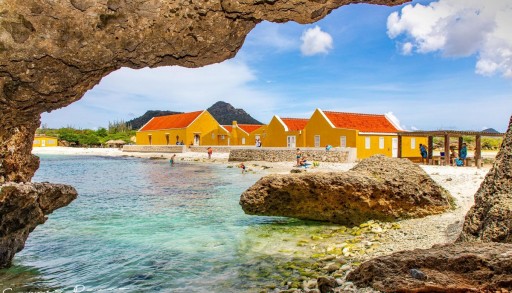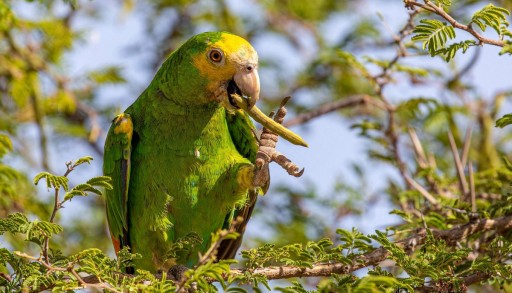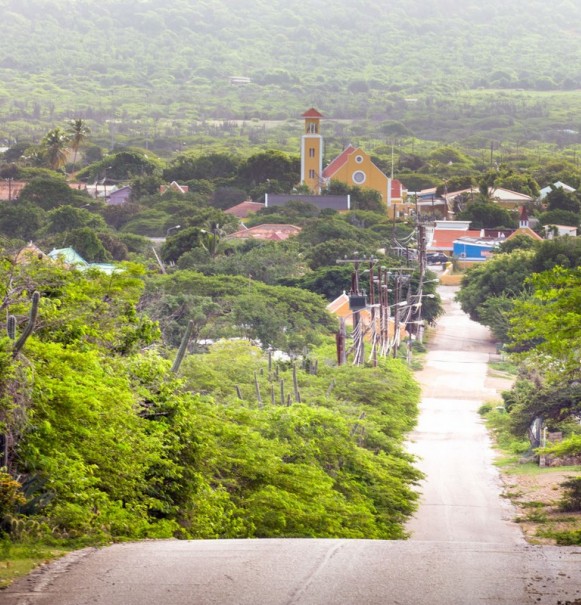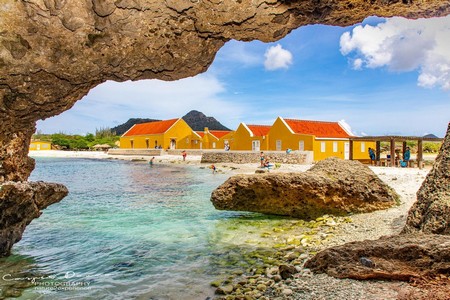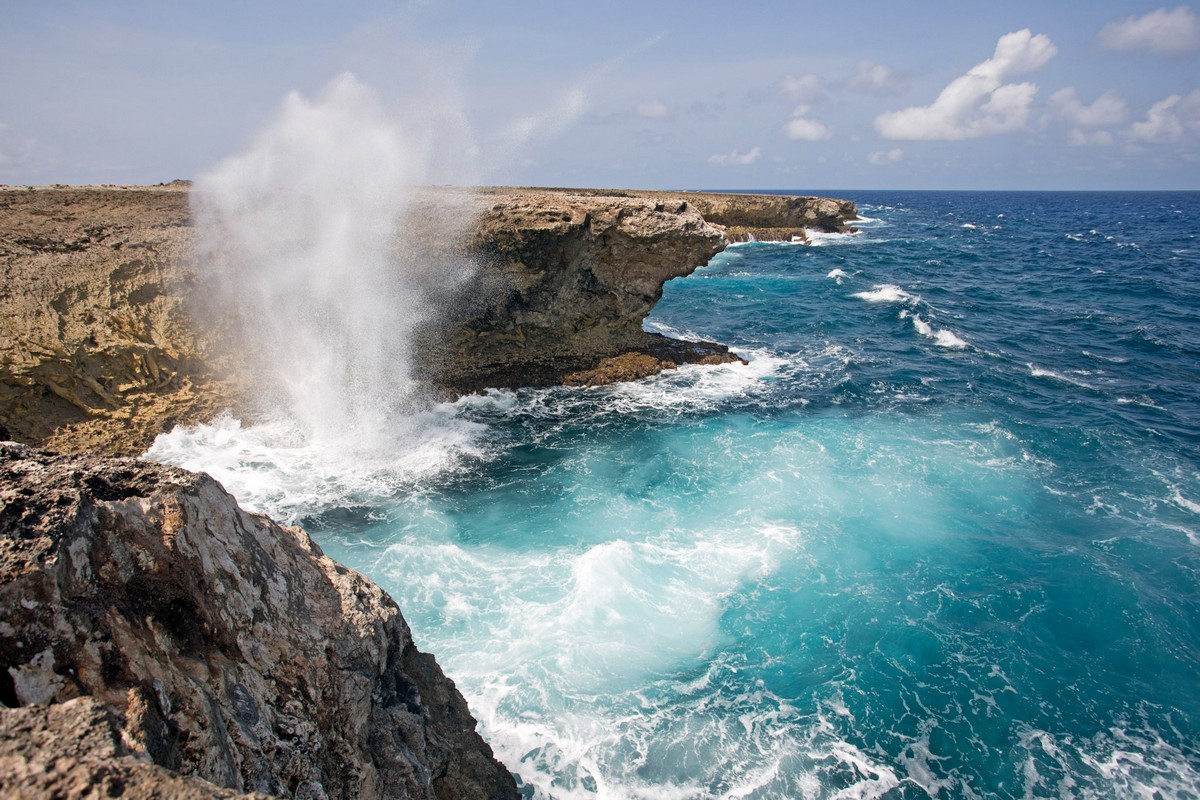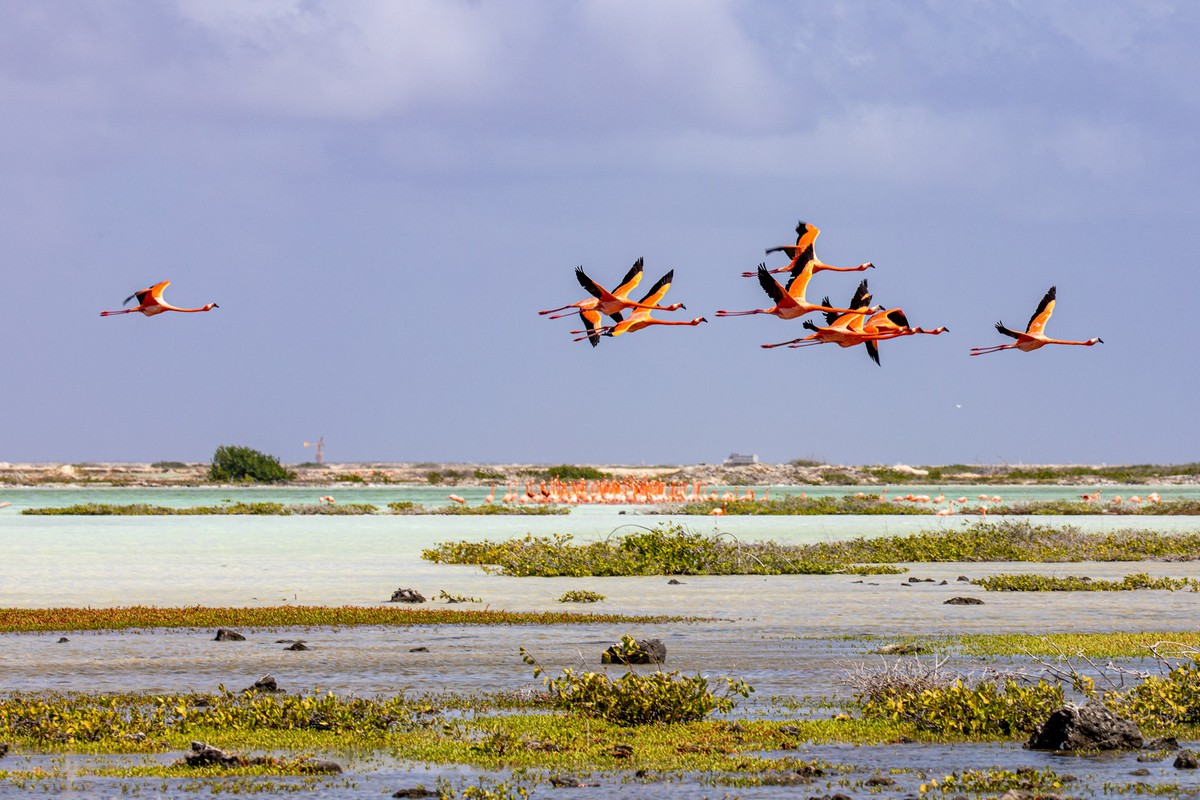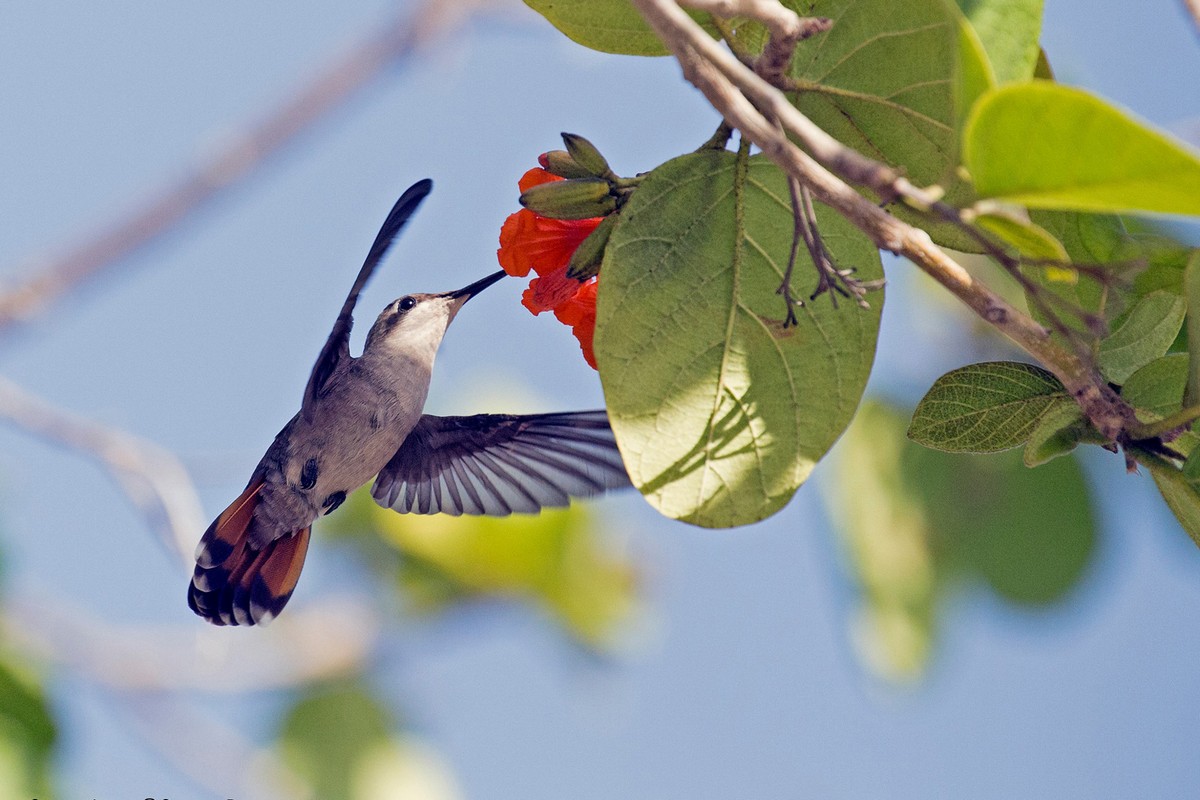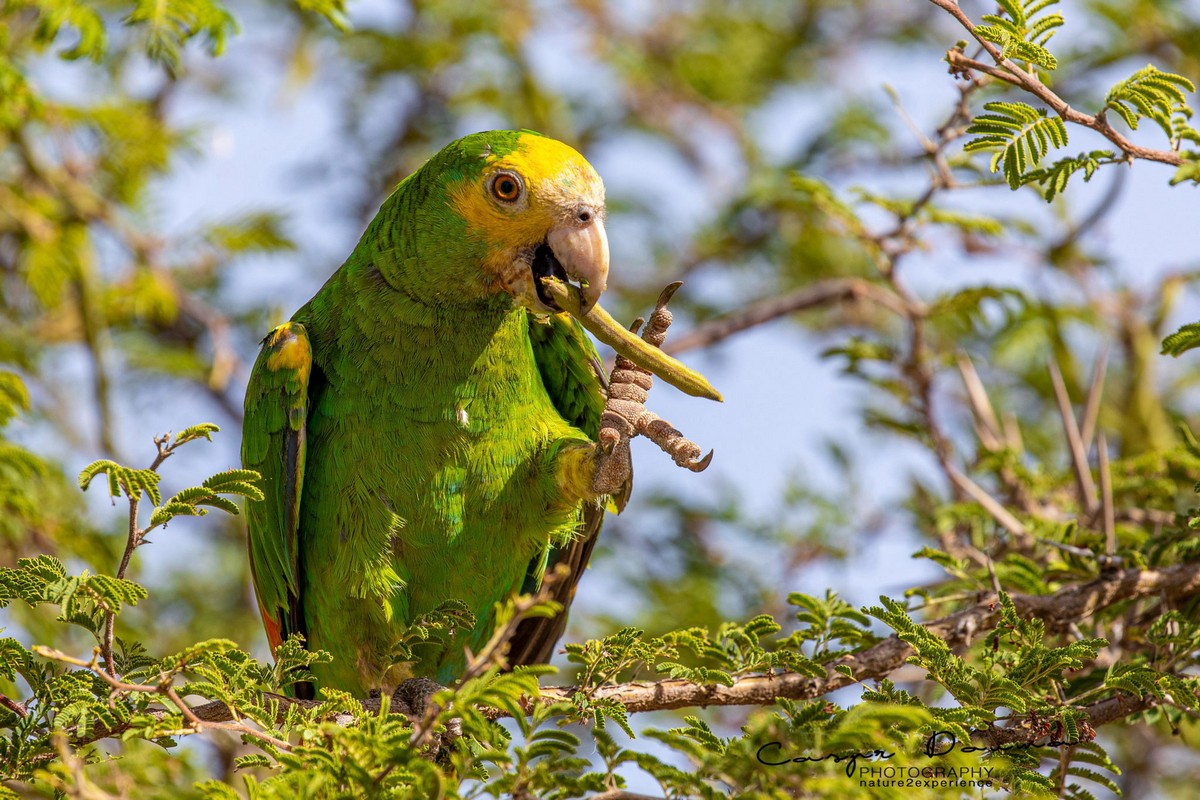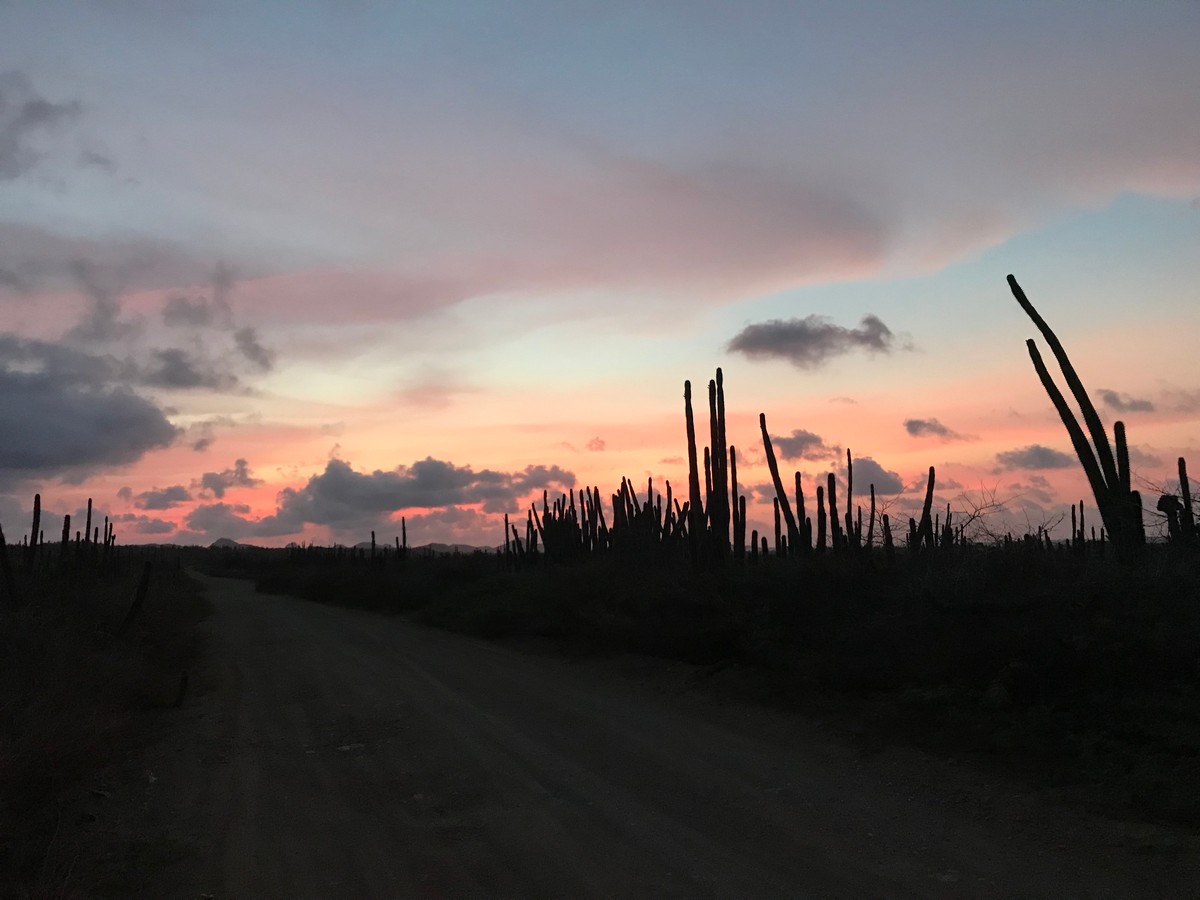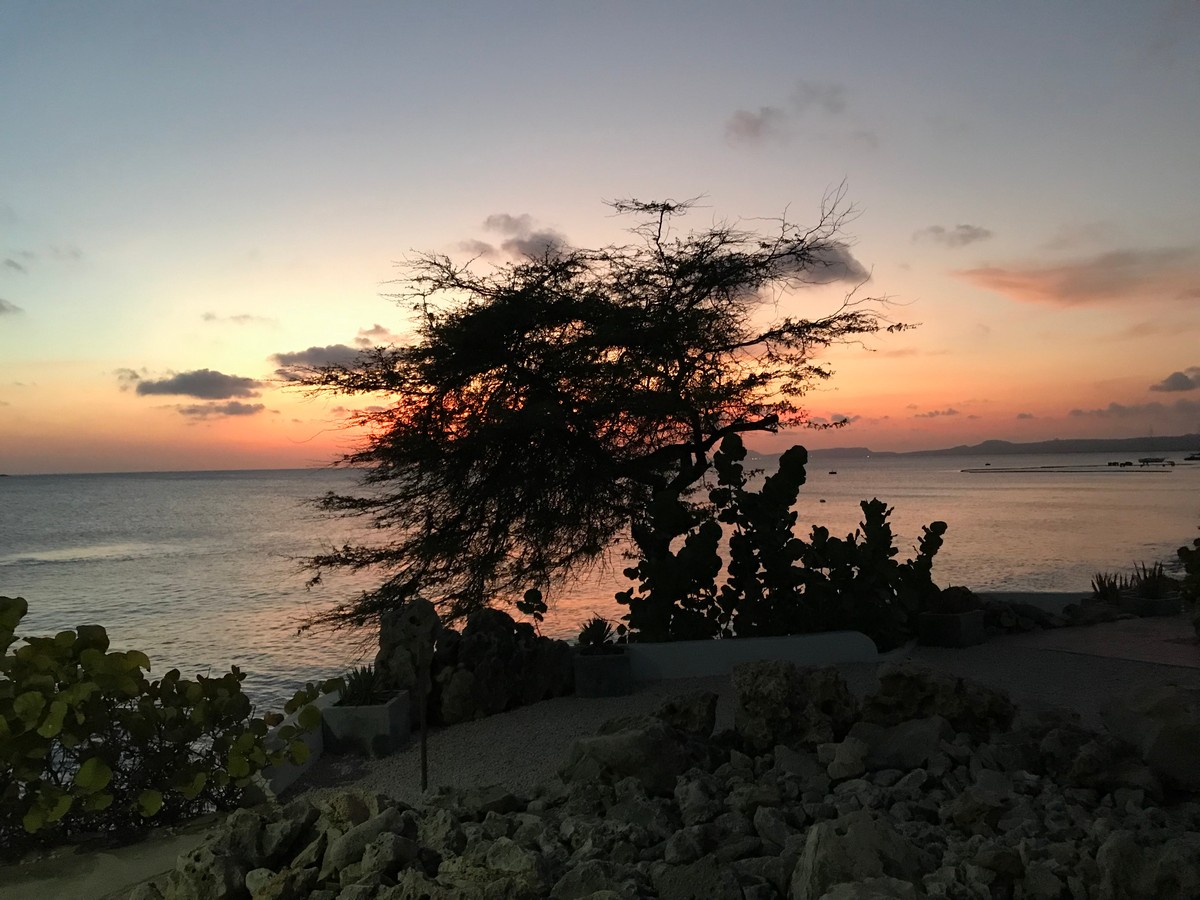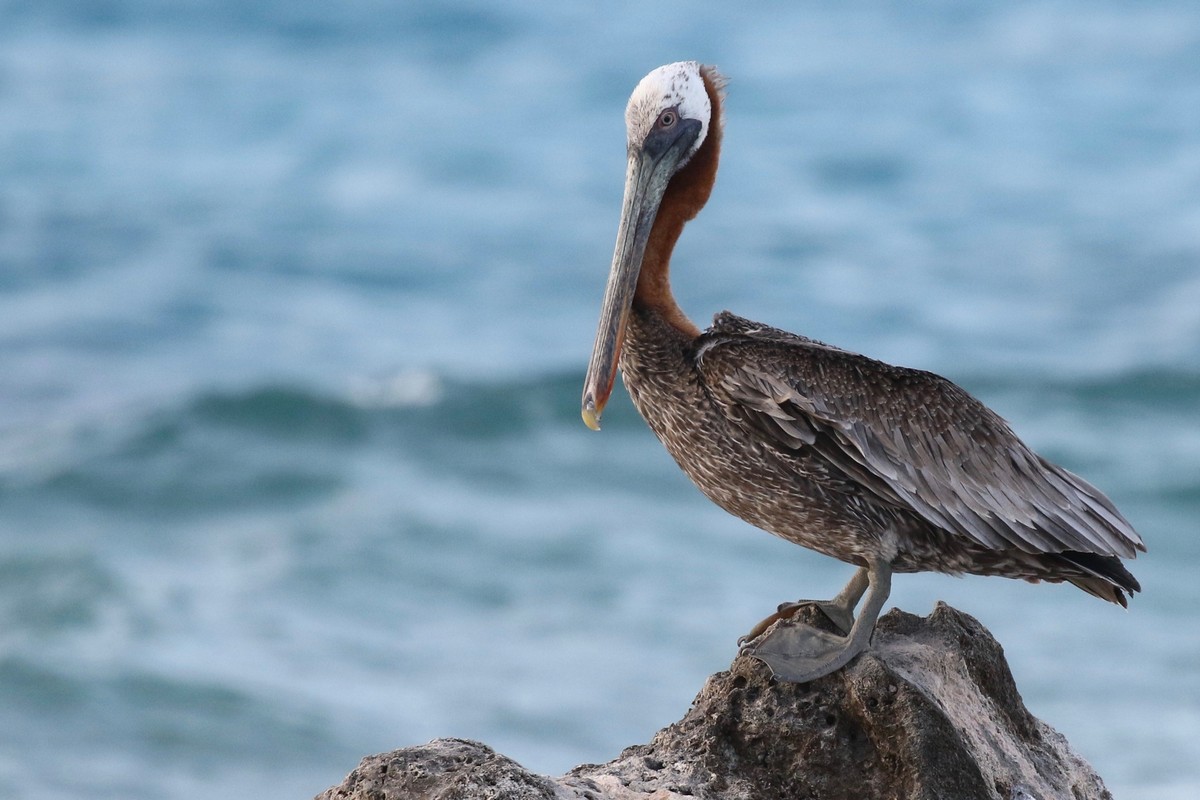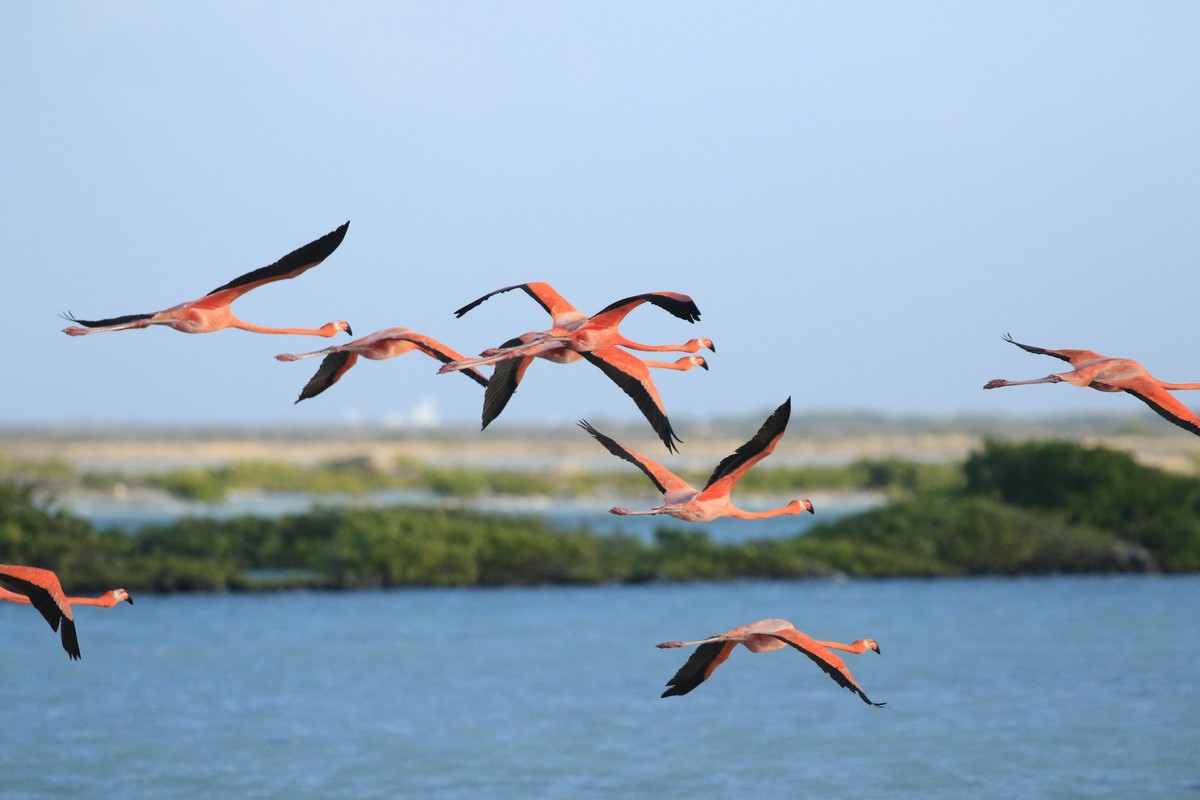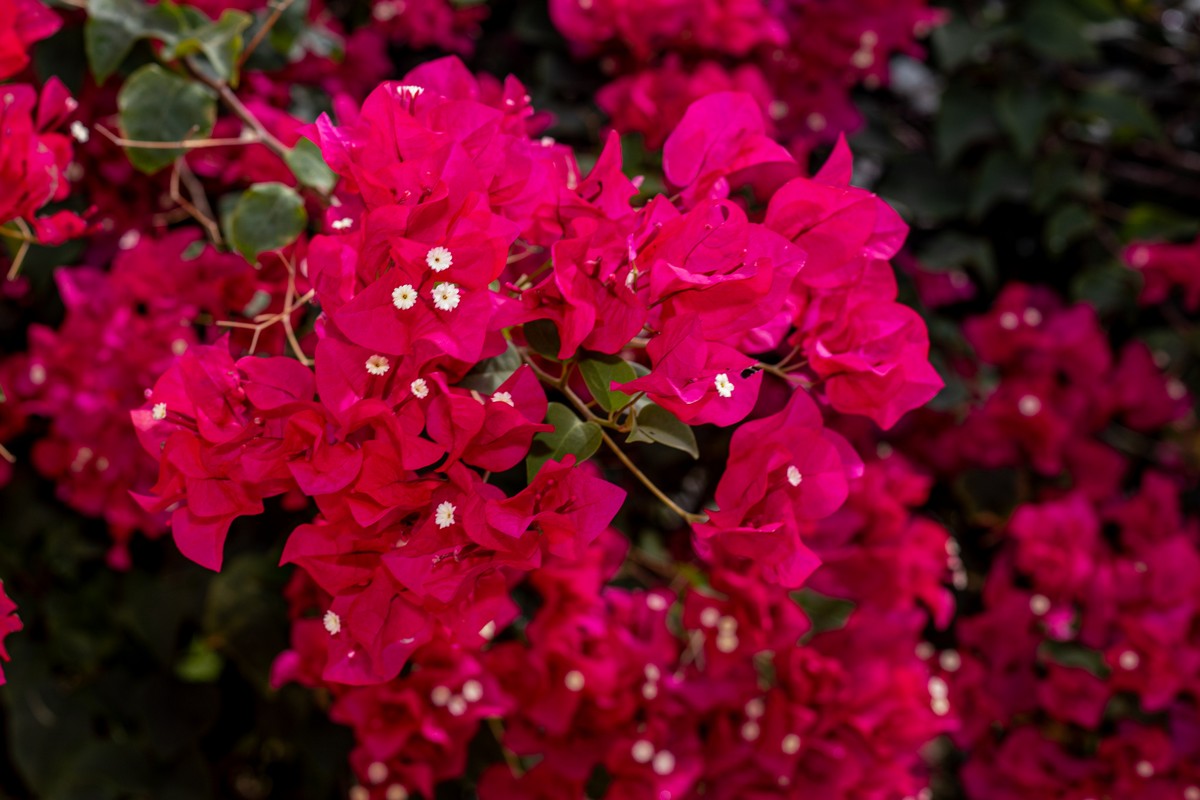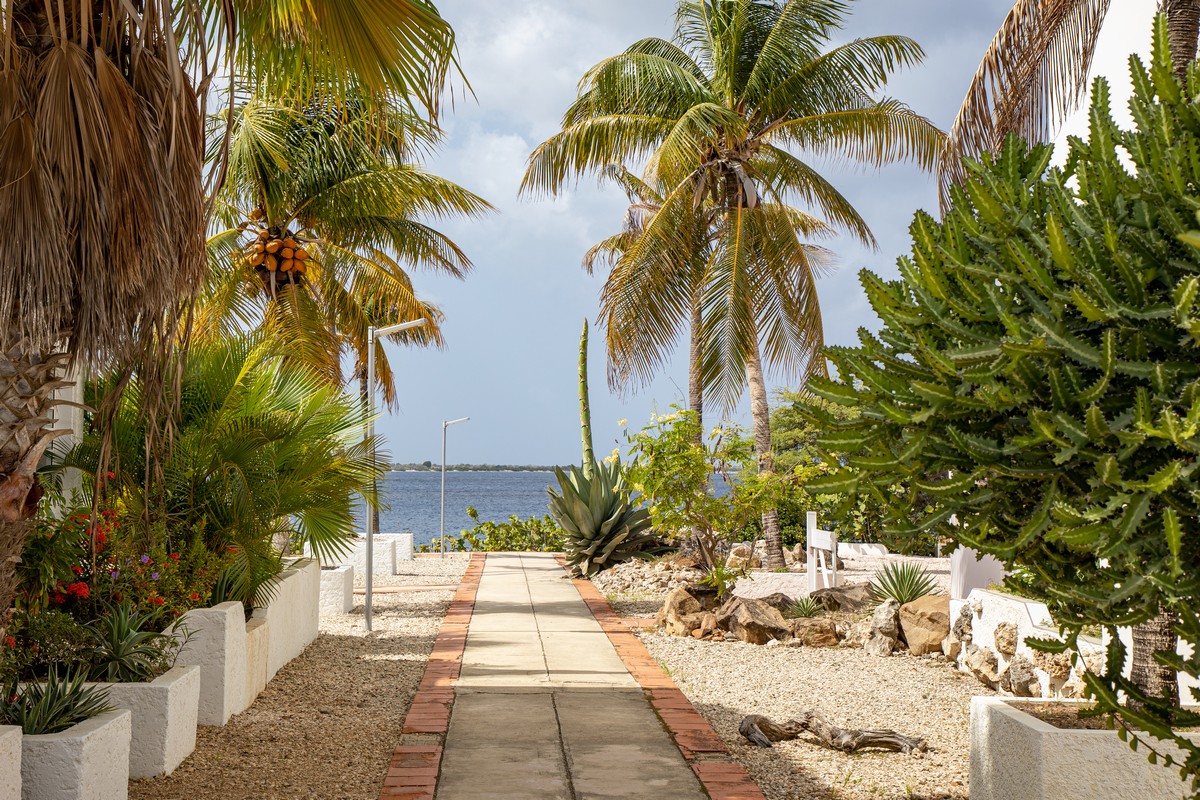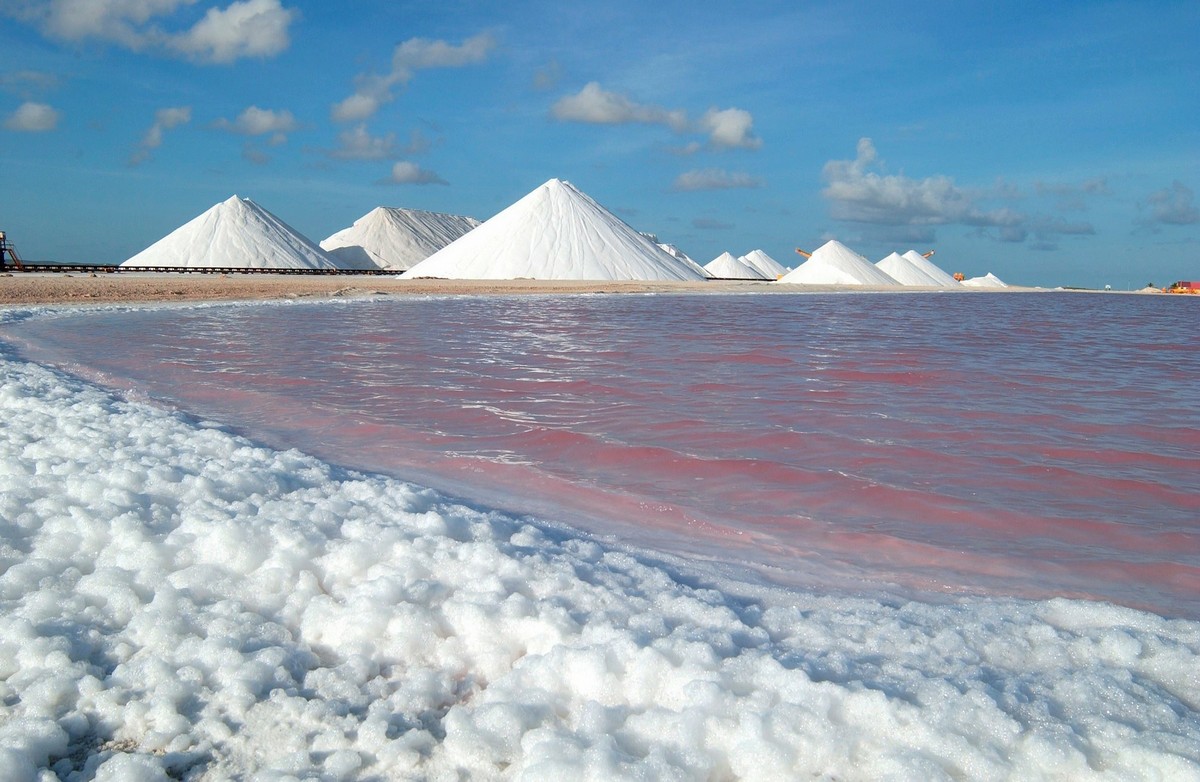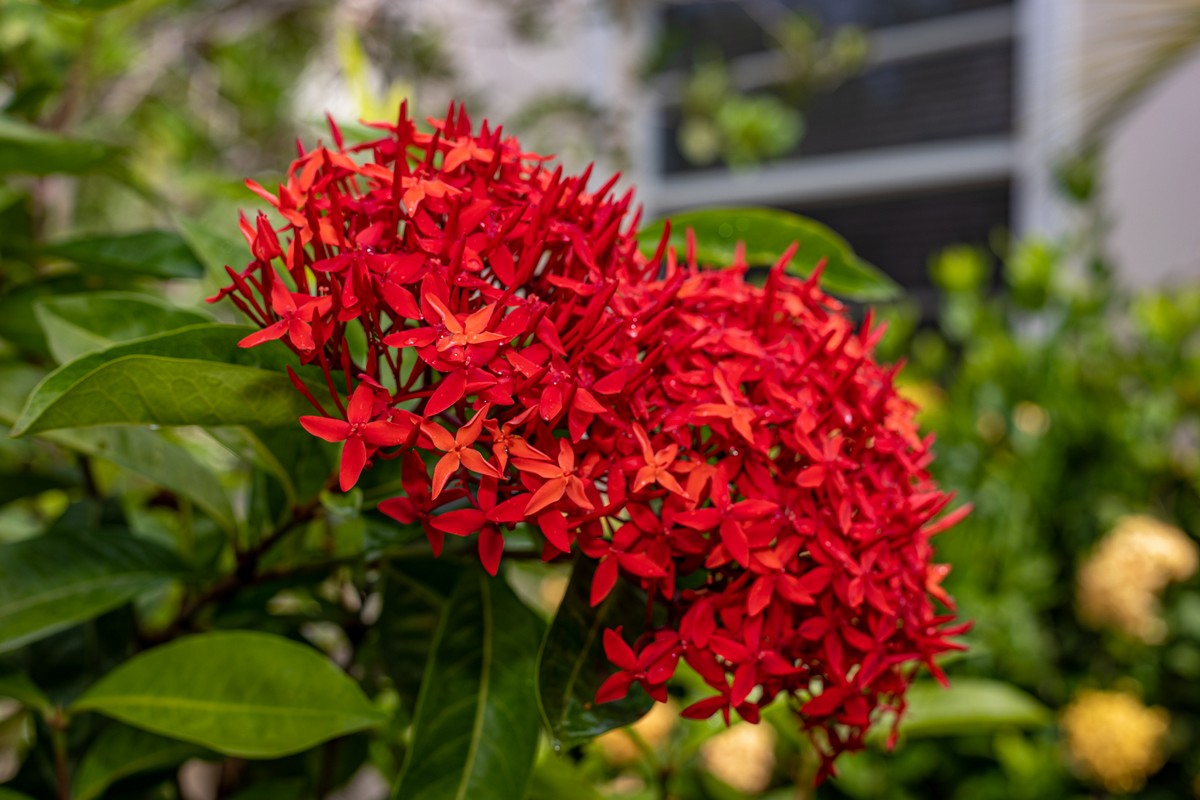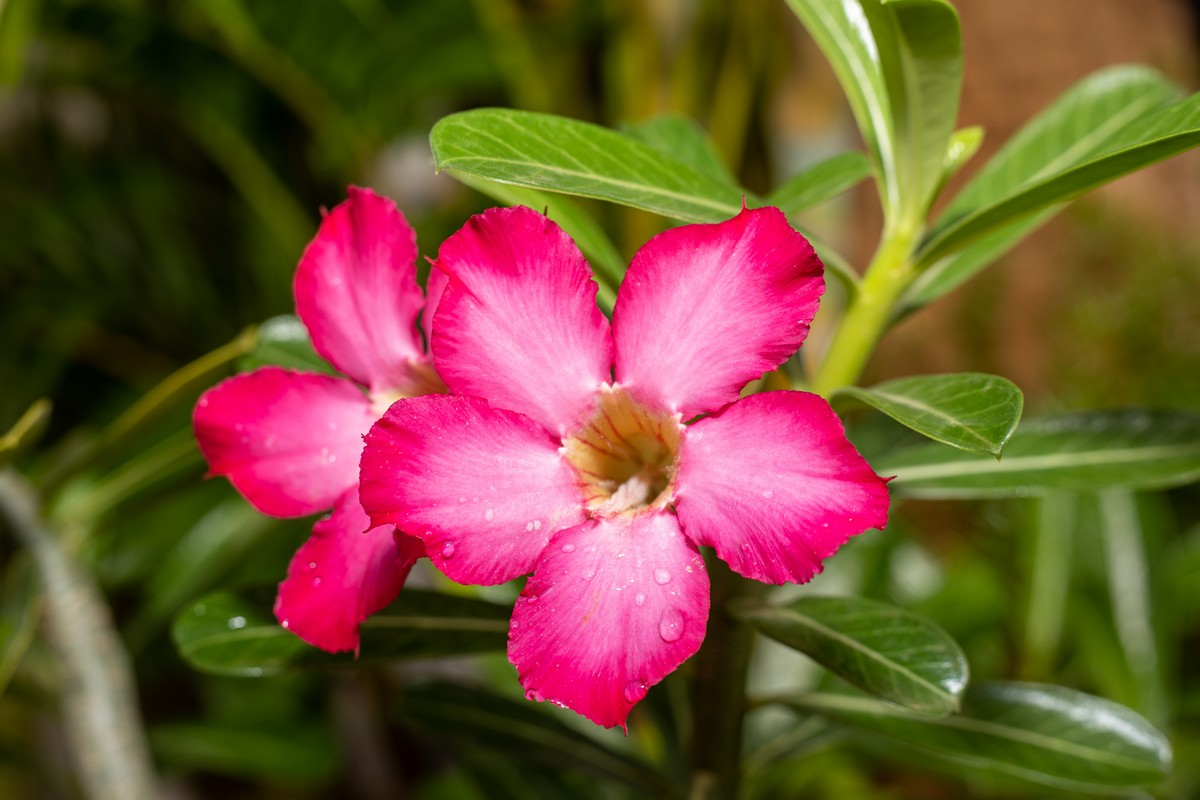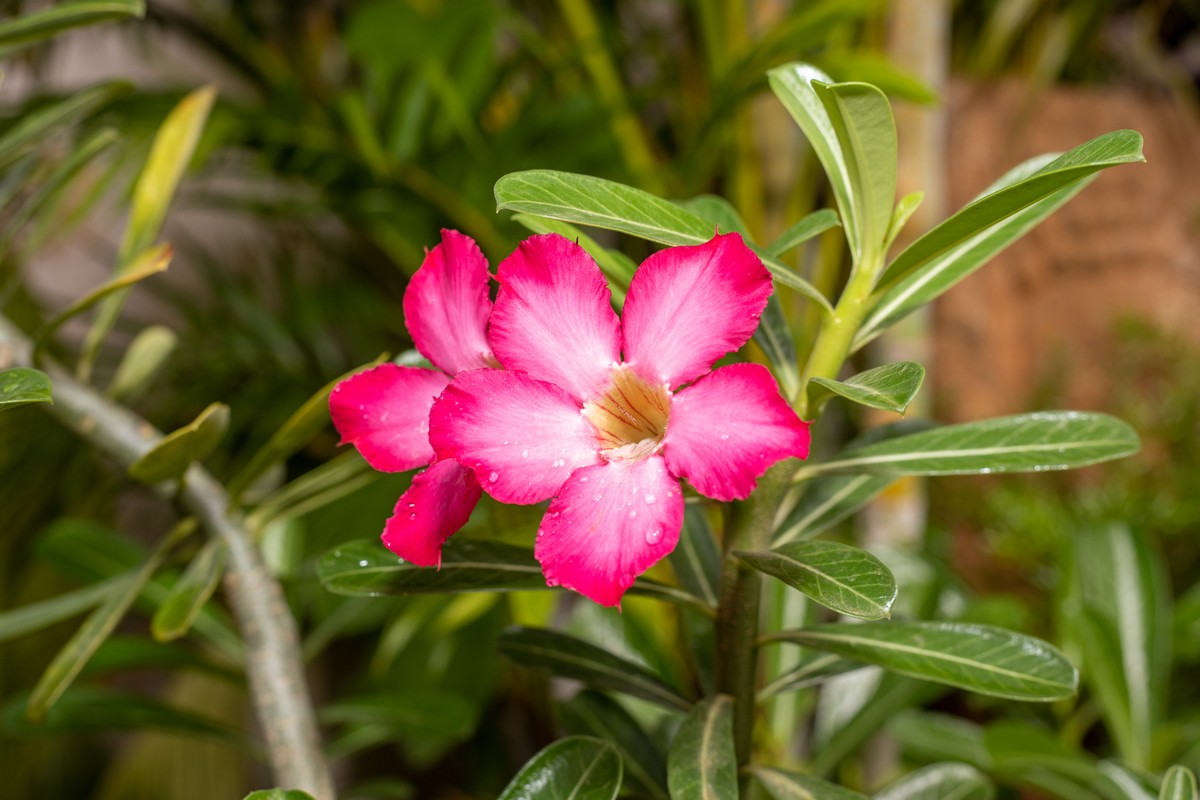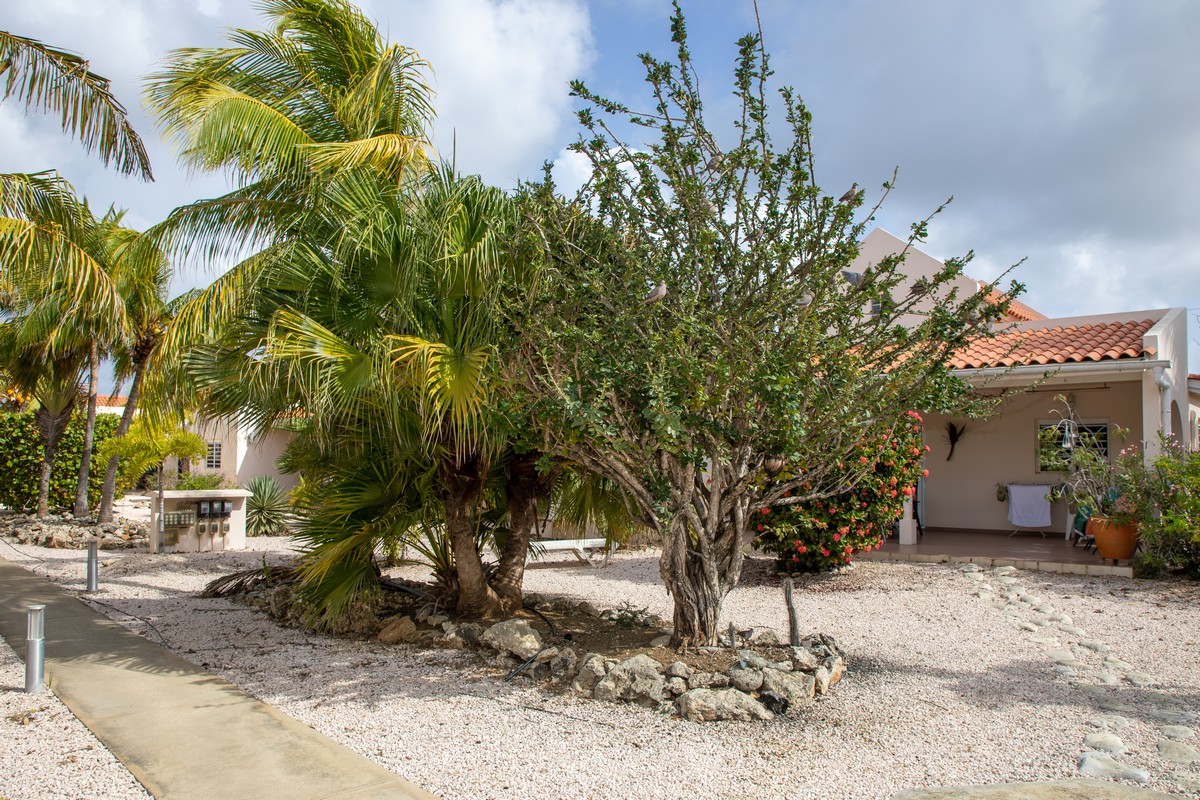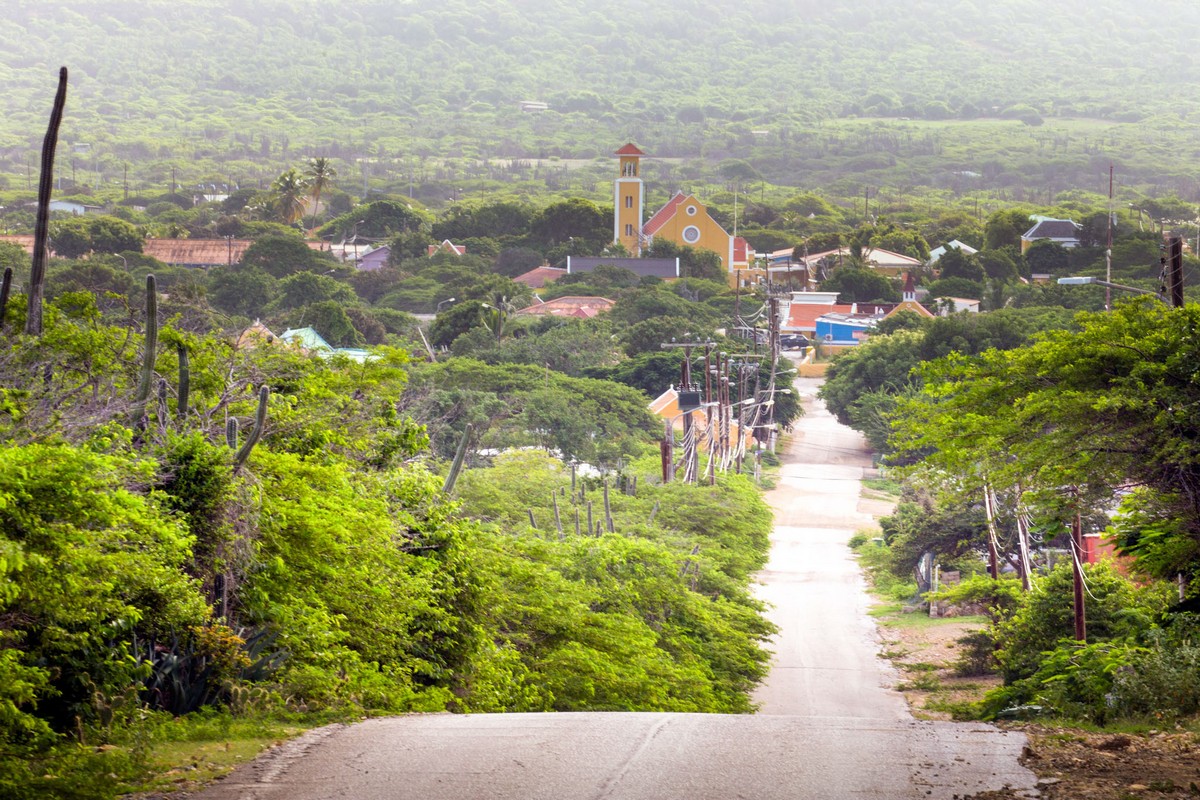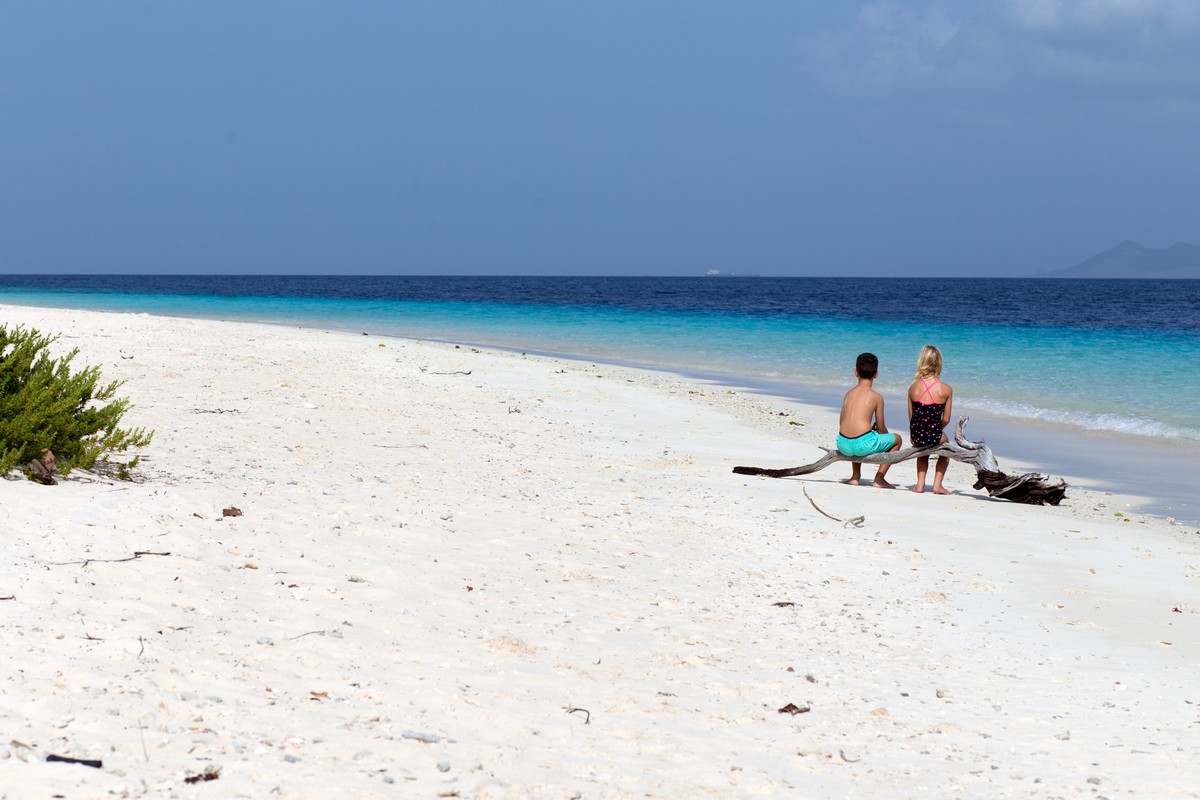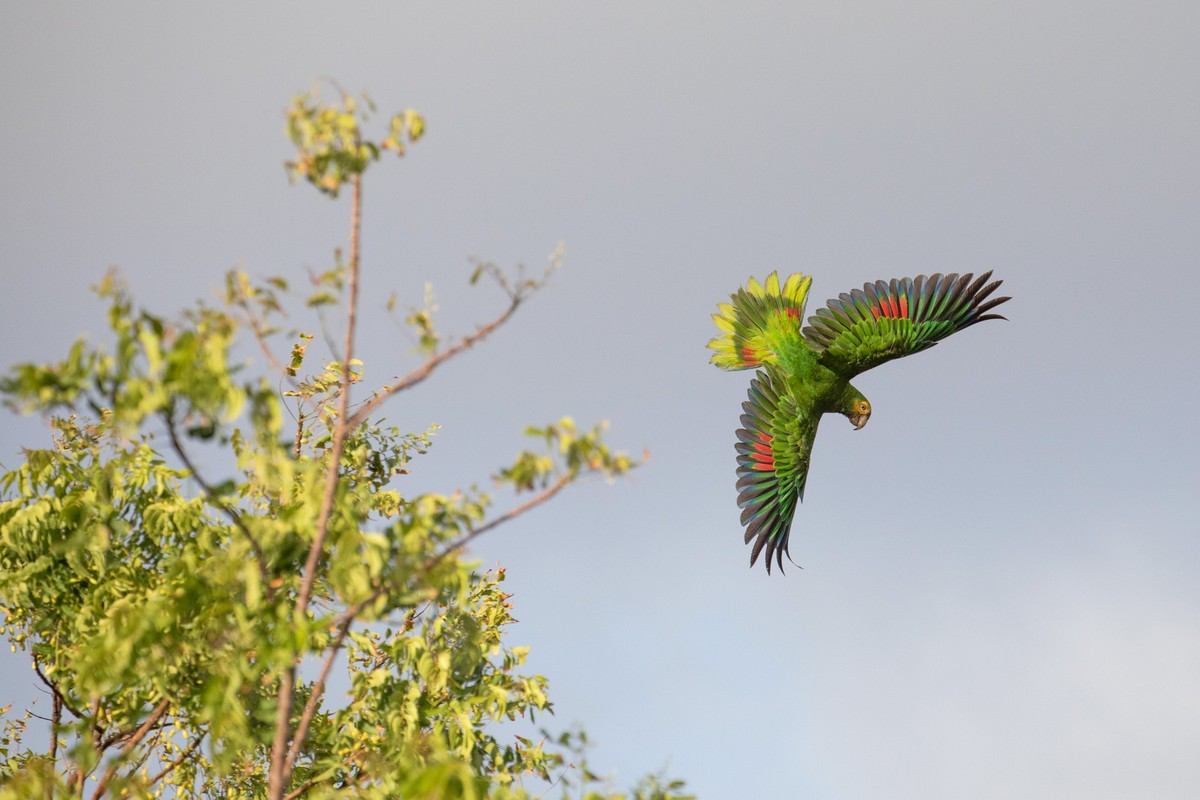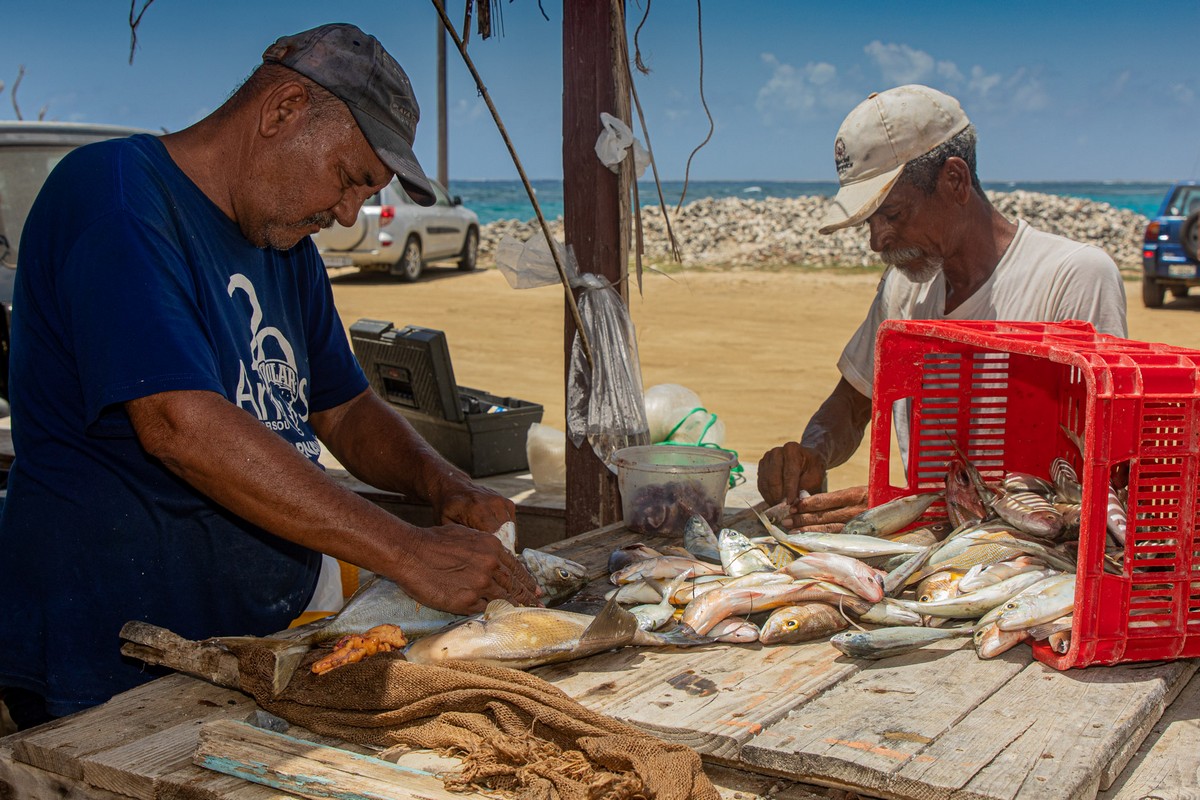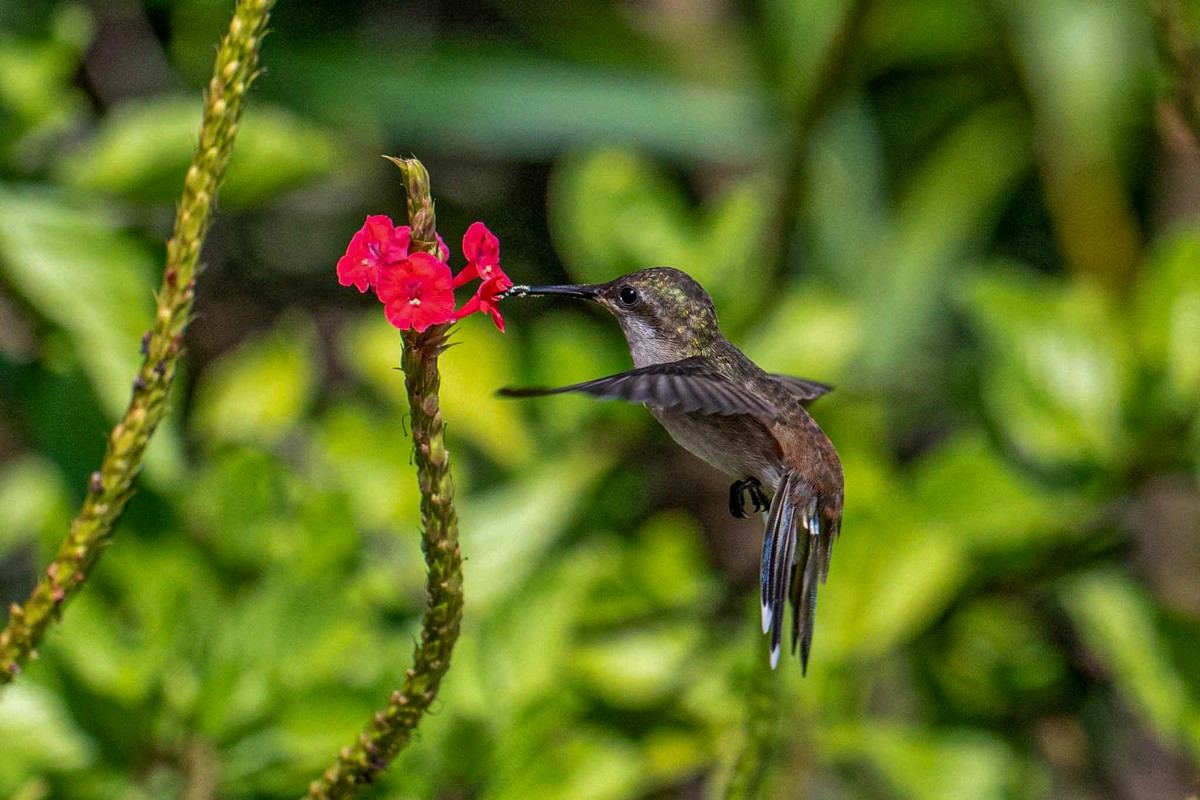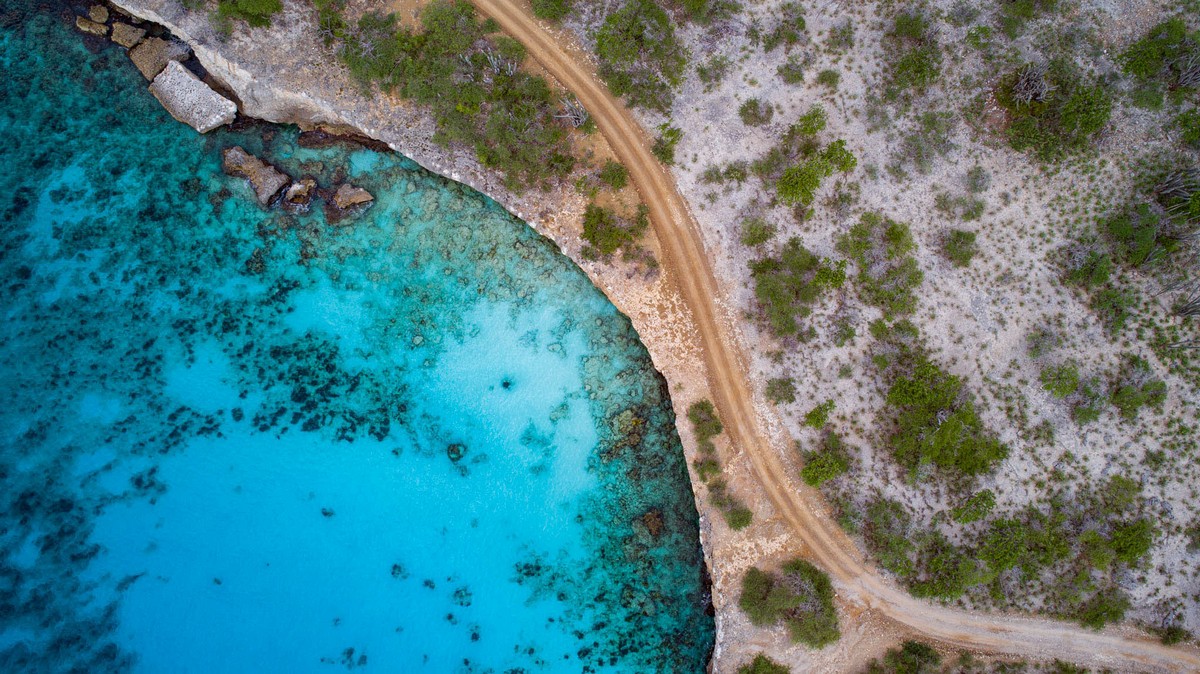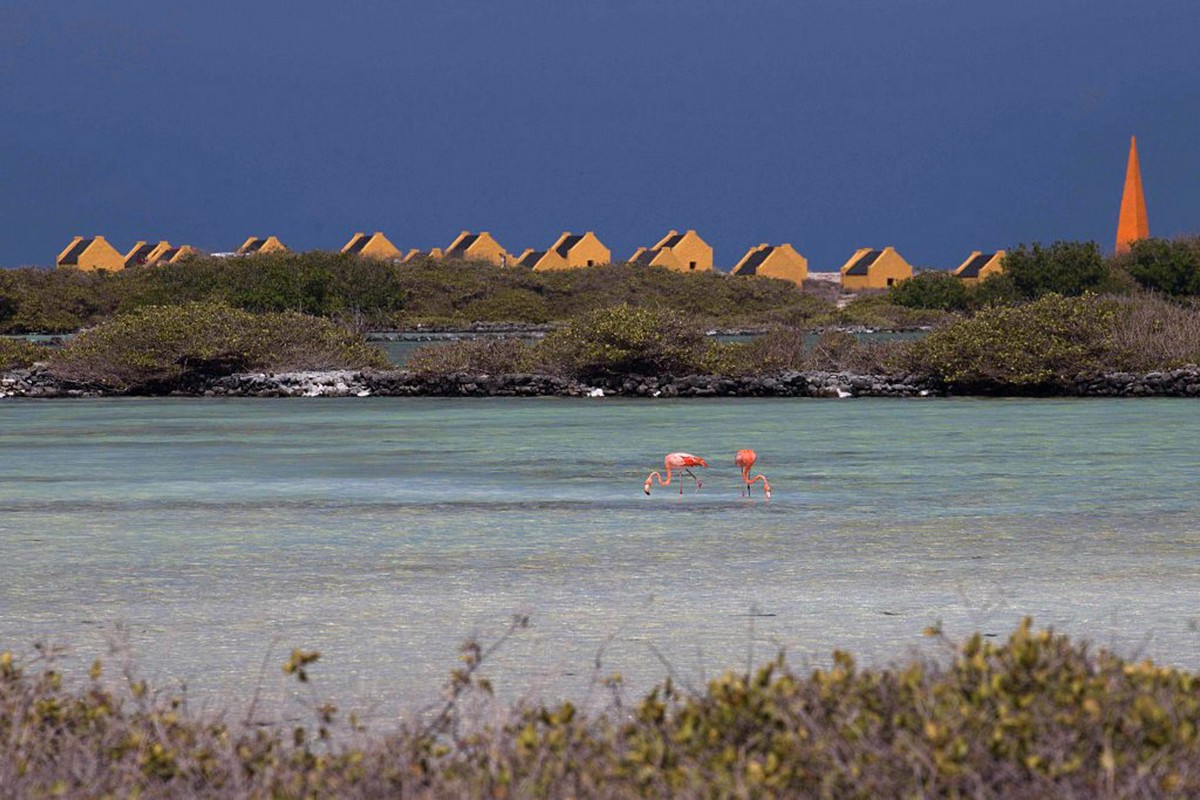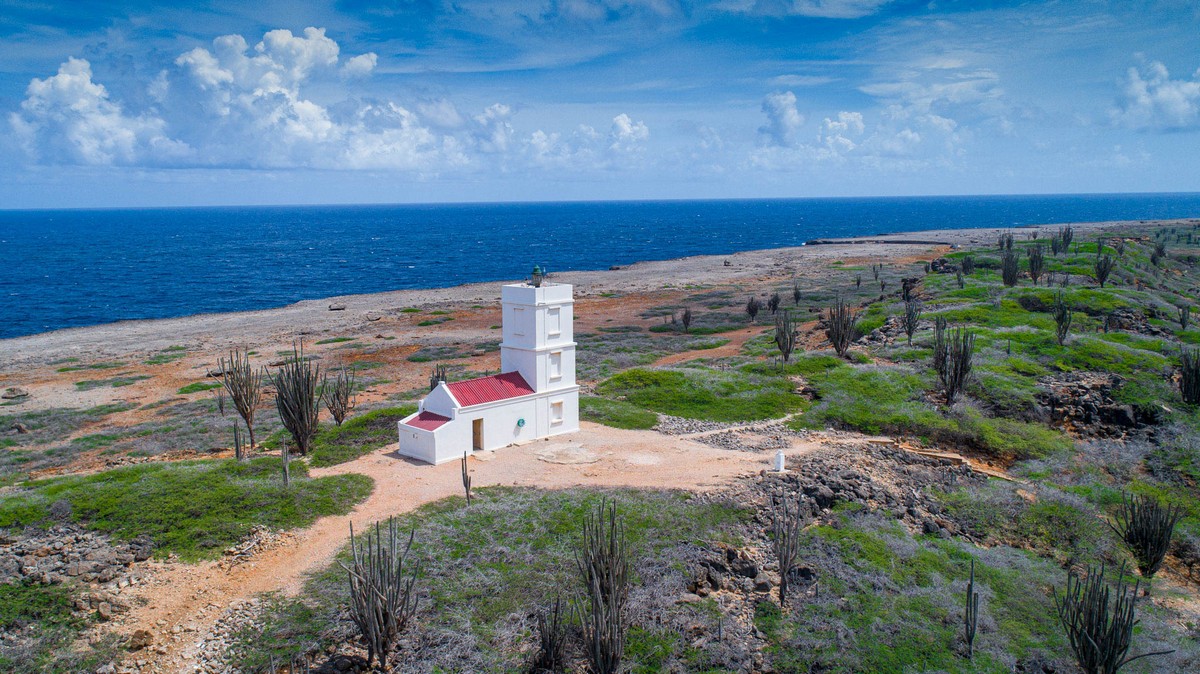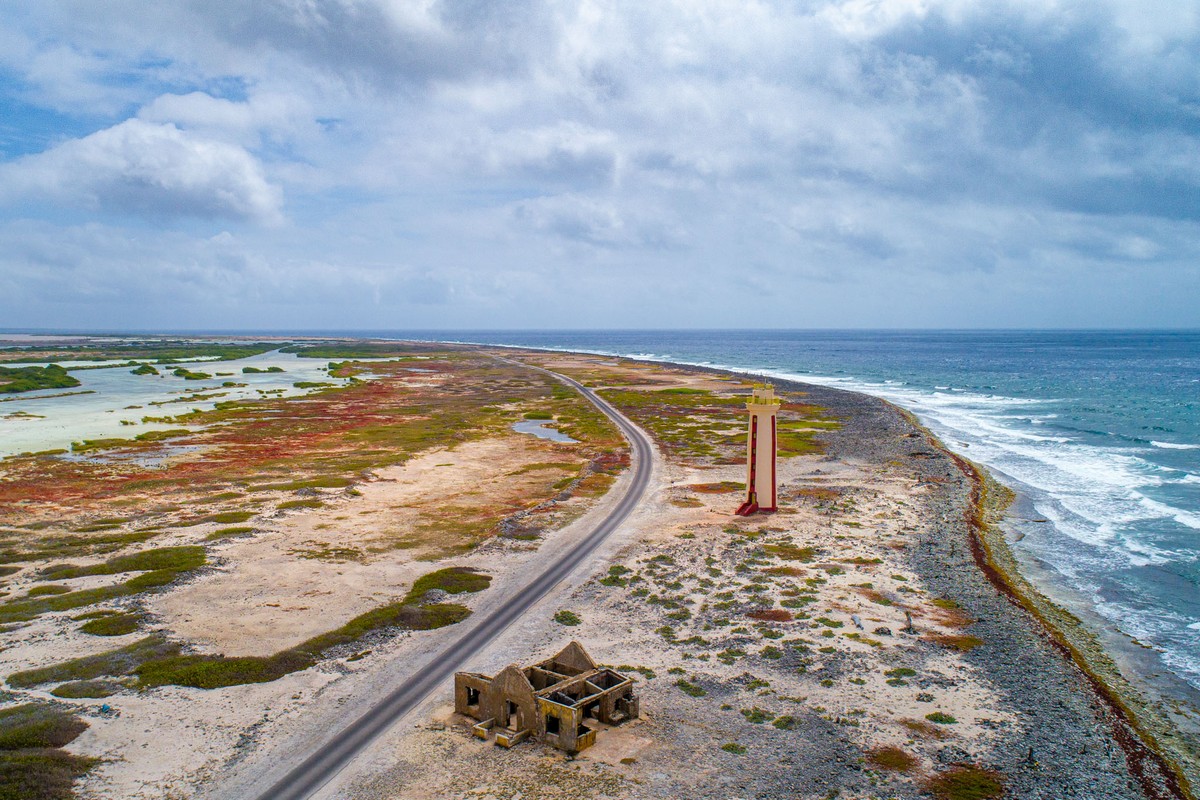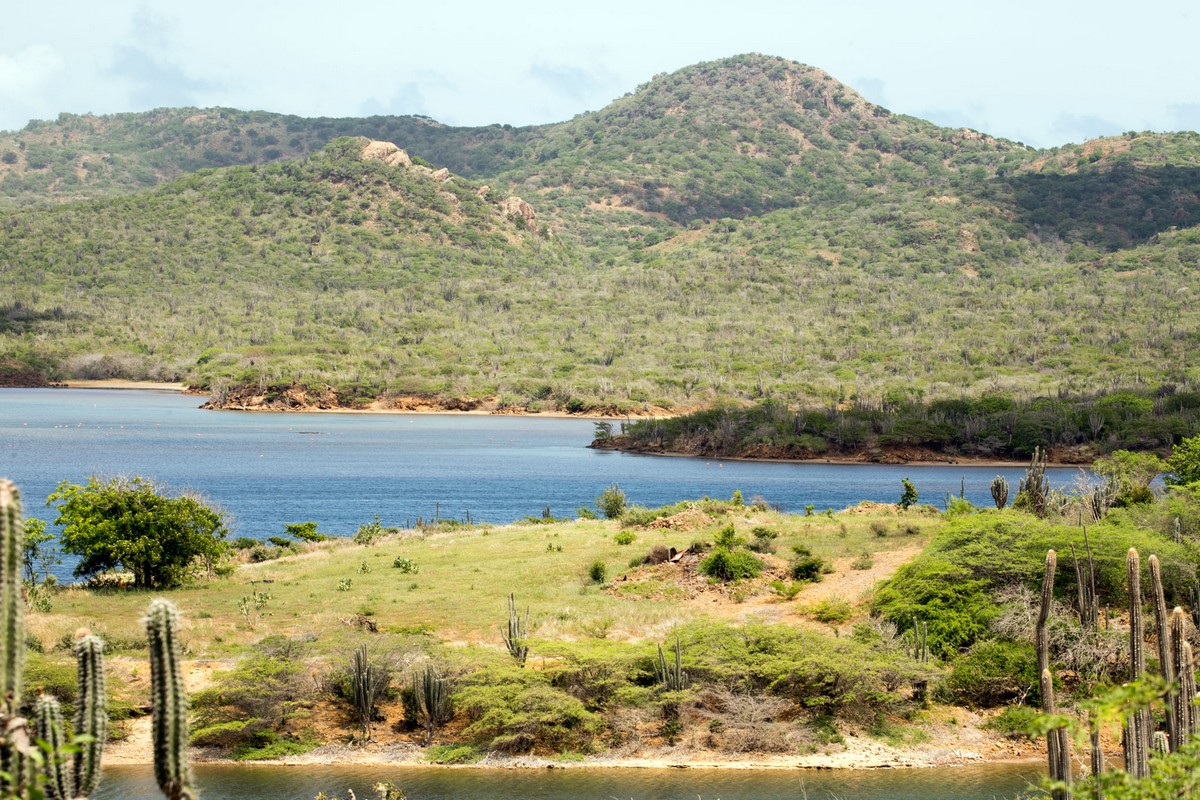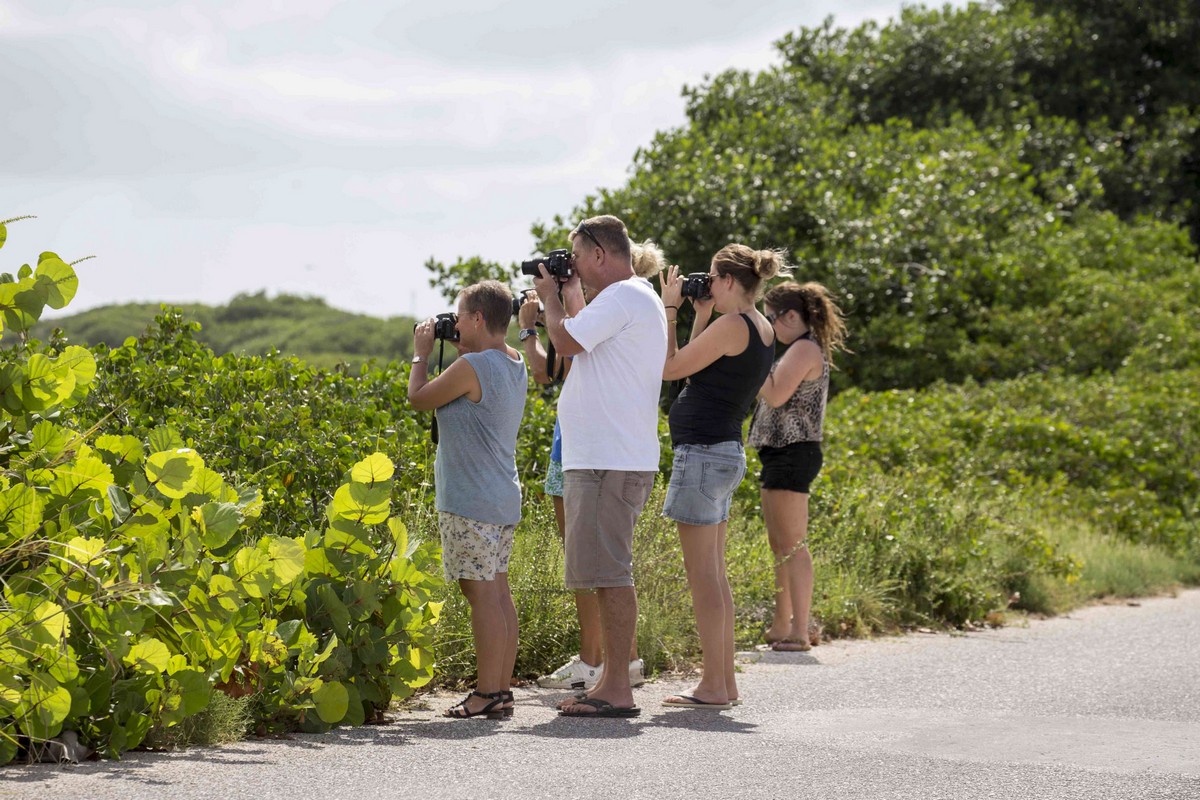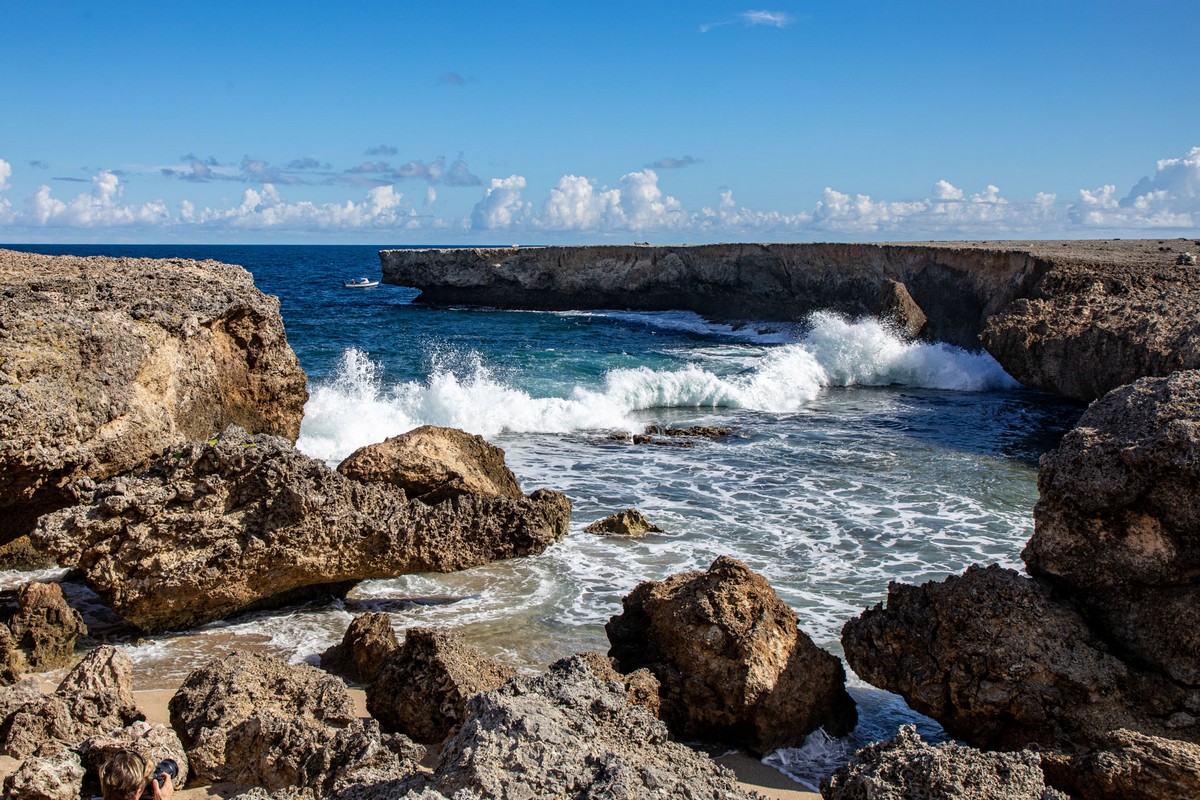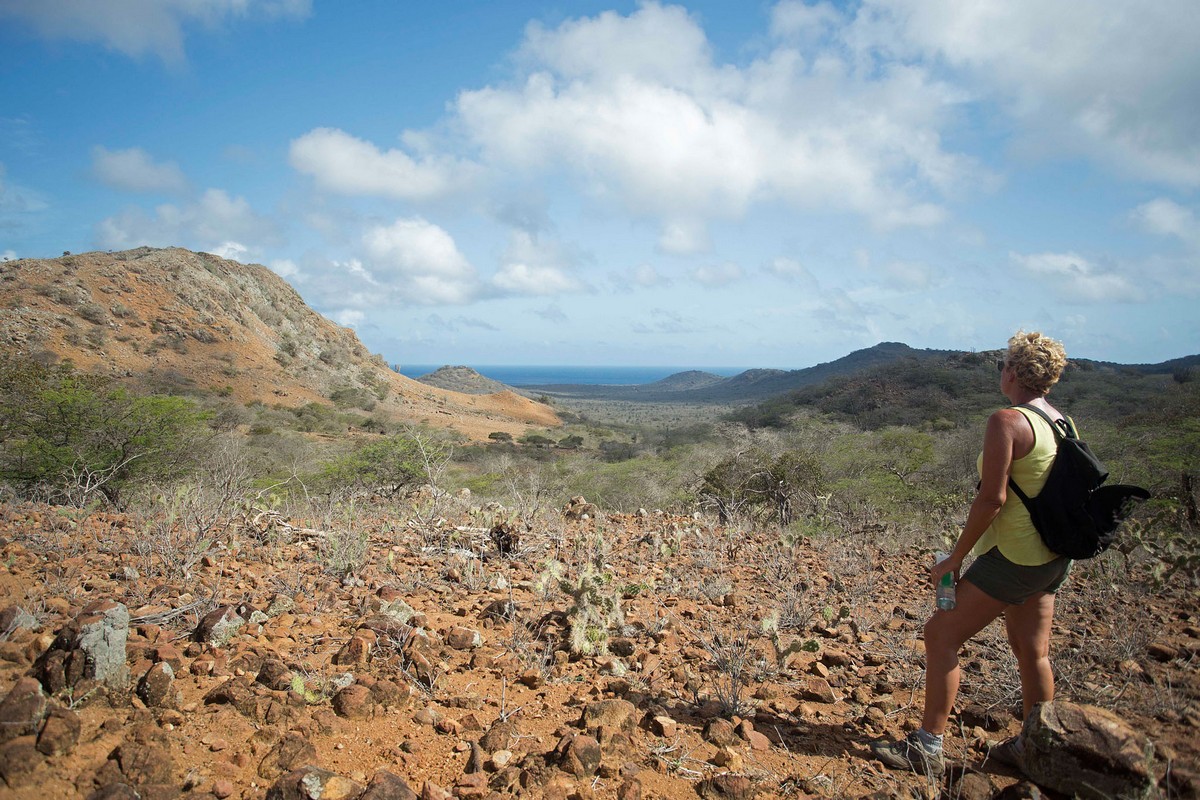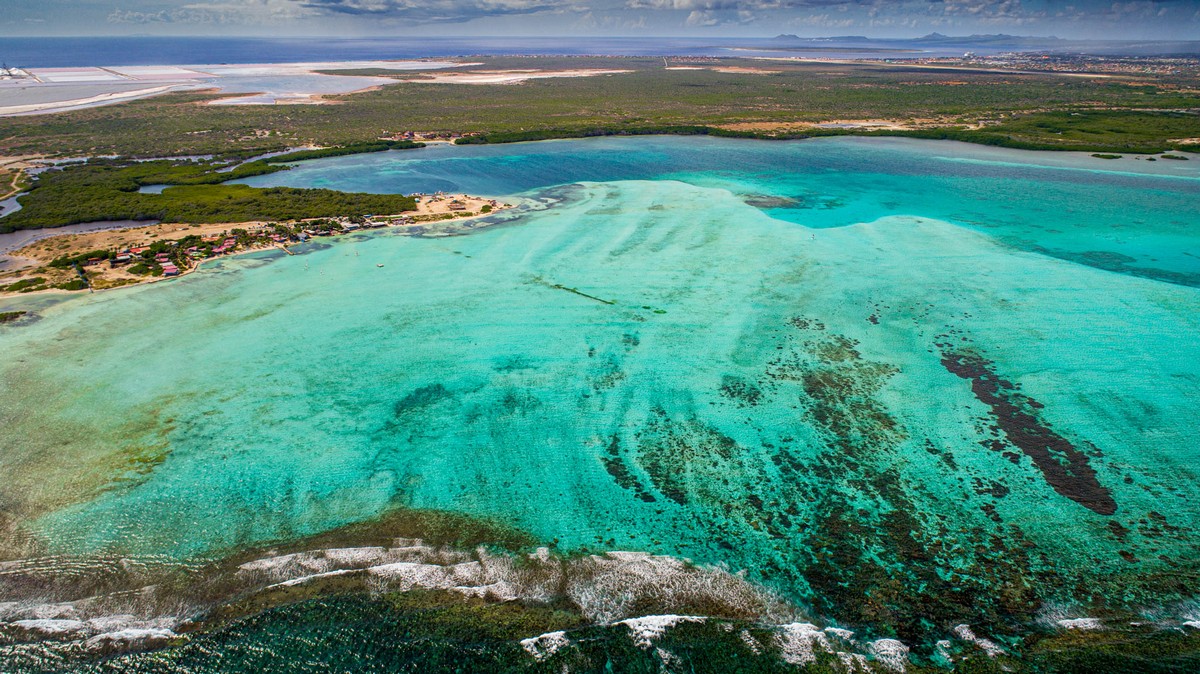NATURE
Bonaire is passionate about nature, as you’ll notice right away at Flamingo International Airport – even its control tower is painted pink in honour of our iconic national bird. Watching and photographing the Caribbean flamingo and other birds is a popular pastime since over 200 different species have been seen on the island. As it turns out, Bonaire’s location in the southern Caribbean is special, both as a stopover for North American migrating birds and as the limit of the northern range of South American species.
To see our Caribbean flamingos, venture all the way to Cargill’s solar salt flats on the southern tip of Bonaire. There, the Pekelmeer Flamingo Sanctuary is home to over 10,000 flamingos – it’s also one of only four breeding grounds in the world. Flamingos feed on tiny pink crustaceans there and in other salty lagoons to the north, including Saliña Goto and Lac Bai, where you’ll also find Royal terns.
Maybe you want to learn about the rare Yellow-shouldered parrot so join conservation group Echo for a weekly tour at the Kunuku Dos Pos near Rincón. We can also help you arrange for a private birdwatching guide.
Finally, we wouldn’t dream of visiting Bonaire without a drive up north to the remote and scenic Washington Slagbaai National Park. Make sure the park is open on the day you want to go – it sometimes closes because of heavy rain. The expansive park and its hidden watering holes are a sanctuary to almost all of Bonaire native and endangered wildlife. Likewise, its lonely beaches provide nesting spots for green, hawksbill and loggerhead sea turtles.
Inside the park, visit some of the beautiful bokas, or bays, such as Boka Kokolishi, a great spot for tide-pooling and picnicking, or white sandy beaches such as Chickitu. While snorkelling at Wayaka, you might see Midnight parrotfish in the sandy channels.
The park is a home to Bonaire’s oldest geological formations. All the hills, including Mount Brandaris, formed from volcanic activity 144 to 65 million years ago. Changing sea levels can be seen in the terraces and limestone plateaus, such as Seru Grandi. Limestone caves are all over Bonaire, and recently Bonaire Caves and Karst Nature Reserve started to protect their special features including bat maternity chambers.




